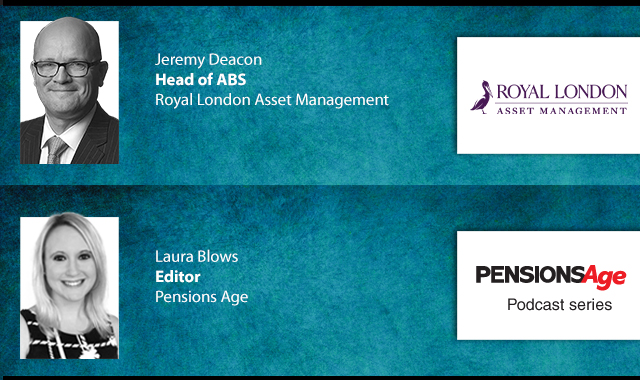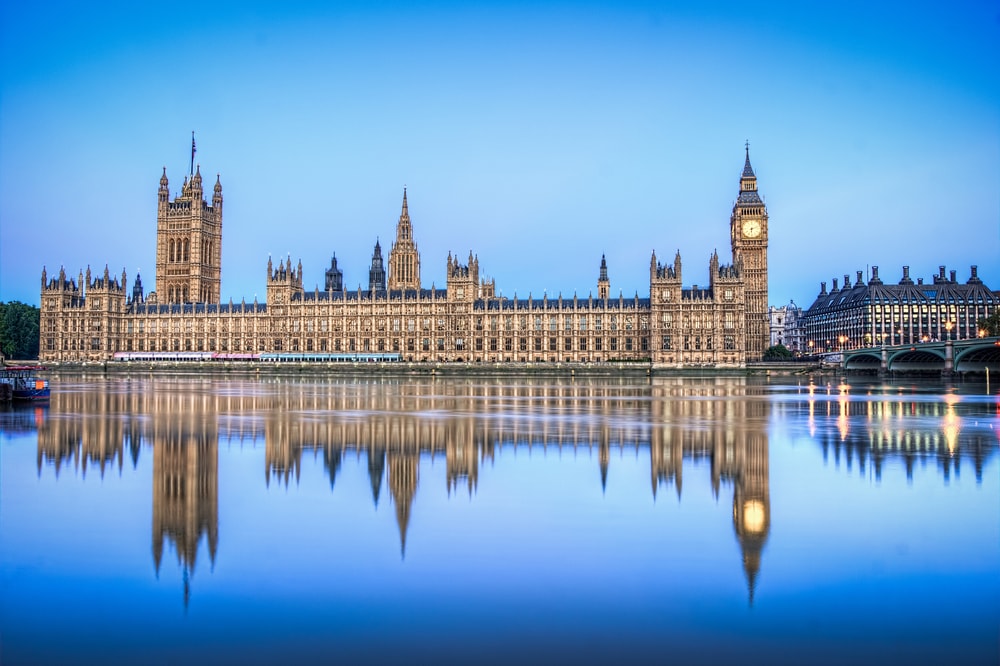The proportion of schemes with over £1bn now in master trusts has increased to 40 per cent, matching the number of own-trust schemes at this scale for the first time, research from Barnet Waddingham (BW) has revealed.
The annual analysis of large defined contribution (DC) schemes report analyses 122 of the UK’s largest DC pension schemes covering a combined £157bn in assets.
It revealed that, while the combined total of bundled and unbundled own-trust schemes (39 per cent) still exceeded the number of large schemes within master trust sections (34 per cent), master trusts are no longer seen just as a home for consolidating smaller or struggling schemes, but are instead increasingly used by large organisations managing substantial assets and tens of thousands of members.
This shift comes at a time when average charges for master trust default investment strategies have fallen to just 0.21 per cent – the lowest of any scheme type and on par with average off-the-shelf default charges across the research.
However, while this may bring cost efficiency, BW warned that the difference in engagement patterns showed that low charges alone don’t always guarantee better value for members.
Indeed, own-trust schemes continued to have the edge in terms of member engagement, investment choice, and digital interaction.
Specifically, BW’s data showed that large own-trust schemes had a significantly higher proportion of assets invested in self-select funds (26 per cent) compared to those in master trusts (16 per cent), suggesting that people within these schemes felt more confident - or better supported - to decide to move out of a default strategy.
Most notably, when examining engagement across a subset of 33 large schemes, own-trust schemes continued to outperform their master trust counterparts.
While around 47 per cent of members across all schemes sought advice at the point of retirement, this rose to 48 per cent in own-trust schemes, compared to 46 per cent in master trusts.
Meanwhile, own-trust schemes also saw stronger online engagement, reporting higher rates of portal and app usage as members logged in to check their pot sizes and interact with their savings.
Lastly, in practical areas like expression of wish forms, own-trust schemes led the way, with three of the four top-performing schemes in this area being own-trust arrangements.
BW said this underscored the importance for organisations transitioning to master trusts to establish an internal governance framework that maintained a link to the specific characteristics of each master trust section and supported the development of an effective engagement strategy.
Looking ahead, BW head of DC, Mark Futcher, said that pension reform was "firmly on the government’s agenda," with the Mansion House compact and Pension Schemes Bill both encouraging large-scale consolidation.
“Master trusts have already helped to deliver real improvements for businesses, both in terms of price and operational efficiency - and they will continue to play an important role in the years to come,” he claimed.
However, Futcher argued employers weighing up whether to move into a master trust should not “mistake cost-cutting for value.”
“Our research shows that many own-trust pension schemes – particularly those run by larger employers – are also continuing to deliver exceptional value, especially when it comes to member engagement, digital interaction and at-retirement decision making.
“The right solution,” he continued, “will look different for every business and in a system moving rapidly toward scale, trustees and employers have a real responsibility to ask: what will drive better outcomes for our people? In this environment, choosing the right structure isn’t just an operational decision – it’s a meaningful commitment to the futures of millions of savers.”
Latest News
-
Reeves under pressure from businesses to force pension funds to up UK investments
-
Redesigned CDC model could boost retirement outcomes by 75%
-
Lessons from Europe: Breaking the inactivity cycle
-
Keeping track of the latest pensions dashboards connections
-
DB pension funding levels hold steady despite Budget speculation
-
Over half of LGPS leaders ‘unconfident’ of local investment opportunities in AA area
Private markets – a growing presence within UK DC
Laura Blows discusses the role of private market investment within DC schemes with Aviva Director of Investments, Maiyuresh Rajah
The DB pension landscape
Pensions Age speaks to BlackRock managing director and head of its DB relationship management team, Andrew Reid, about the DB pensions landscape
Podcast: Who matters most in pensions?

In the latest Pensions Age podcast, Francesca Fabrizi speaks to Capita Pension Solutions global practice leader & chief revenue officer, Stuart Heatley, about who matters most in pensions and how to best meet their needs
Podcast: A look at asset-backed securities

Royal London Asset Management head of ABS, Jeremy Deacon, chats about asset-backed securities (ABS) in our latest Pensions Age podcast
© 2019 Perspective Publishing Privacy & Cookies











Recent Stories